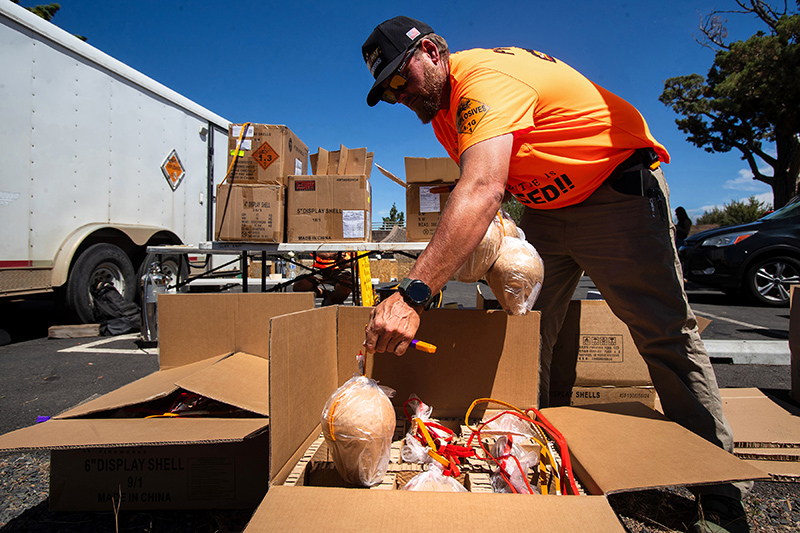Medication lockboxes can save a loved one
Published 12:00 am Friday, November 16, 2018

- Dr. Kyle P. Johnson, M.D., is a professor of psychiatry (child and adolescent psychiatry) in the OHSU School of Medicine, OHSU Doernbecher Children’s Hospital; and director of the OHSU Doernbecher Child and Adolescent Psychiatry Consult Liaison Service.
The call came from a harried resident physician rotating in the pediatric intensive care unit at Oregon Health & Science University Doernbecher Children’s Hospital: another teenager had intentionally ingested medication in an attempt to end her life.
The story is all too familiar to the hospital’s child and adolescent psychiatry team. In this case, like many others before, the medicines ingested belonged to family members. They were unsecured in the home and easily accessible to an at-risk teen upset over a loss or punishment. Fortunately, this teen sent a goodbye text to a friend who alerted the sleeping parents. There was still time to save a valuable life.
According to the National Institutes of Health, suicide is the second leading cause of death among Americans between the ages of 10 and 34, and rates in Oregon have been on the rise since 2011.
Approximately 35 percent of youth admitted to OHSU or treated in the OHSU Doernbecher emergency department for a psychiatric crisis have survived a suicide attempt. Approximately 90 percent of these cases are attempts by means of intentional ingestion of medicines.
In response to these devastating numbers, as well as a heartbreaking op-ed published in the Hartford Courant in 2017, the OHSU Doernbecher team took steps to intervene, including proactively providing secure medication lock boxes for at-risk youth.
“Ingestions, whether unintentional or intentional, are all about access at a vulnerable time,” said Dr. Ben Hoffman, M.D., professor of pediatrics in the OHSU School of Medicine, and medical director of the OHSU Doernbecher Tom Sargent Safety Center. “For children and teens who are suffering from suicidal thoughts, the most important thing is to prevent access to dangerous, potentially deadly means, like medication and firearms. Suicide attempts are an inherently impulsive gesture, and anything that can prevent access will save lives, and allow kids get the help they need.”
Thanks to the generosity of a local donor, and the partnership of the Tom Sargent Safety Center, the OHSU Doernbecher child and adolescent psychiatry team is now able to provide at-risk children, and their families, high-quality lock boxes free of charge at the time of a crisis.
Lock boxes also are available for purchase at discounted rates via the OHSU Safety Center.
Since April 2018, dozens of lock boxes have been provided to parents who have interacted with the OHSU consultation-liaison service, the OHSU Child & Adolescent Psychiatry Clinic and the adolescent psychiatry inpatient unit at Unity Behavioral Health Center.
This initiative aligns with House Bill 3090, passed by the Oregon Legislature in 2017, which requires emergency department staff to engage patients and families in crisis in “lethal means” counseling and safety planning. This includes limiting access to medications, to prevent or cope with intense feelings or suicidal thoughts, while ensuring adequate outpatient follow up.
“Suicide and self-harm are traumatic incidents for patients as well as families, friends and community members. Therefore, it is not surprising that families are highly motivated to reduce the probability of it ever happening again,” said Joseph Thoits, M.D., medical director of the adolescent inpatient psychiatry unit at Unity Center for Behavioral Health. “I’ve found that families are drawn to the lockboxes not only because they may help reduce the risk of future attempts, but also because of what the lockbox represents; it allows them to literally take a piece of our program home with them, an object that symbolizes the safety and security they hope to maintain once they leave the hospital.”
While clinical intervention remains critical to understanding and treating the underlying causes of suicide, there is hope that the adoption of lock boxes may become more common place, potentially helping to reduce the risk of future suicide attempts and deaths in the home. •








